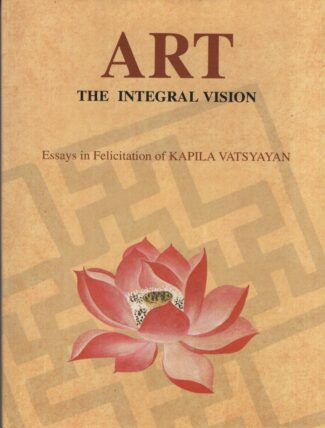

Art The Integral Vis...
Art The Integral Vision
Essays in Felicitation of KAPILA VATSYAYAN by: Baidyanath Saraswati , Subhash Chandra Malik , Madhu Khanna₹3,200.00 Original price was: ₹3,200.00.₹2,880.00Current price is: ₹2,880.00.
ISBN: 9788124610602
Year Of Publication: 2020
Edition: 2nd
Pages : xvii, 353
Bibliographic Details : Index
Language : English
Binding : Hardcover
Publisher: D.K. Printworld Pvt. Ltd.
Size: 23
Weight: 1262
“An assemblage of twenty-six scholarly essays: in honour of Dr Kapila Vatsyayan, the book attempts to conjure up the integral vision of art — exploring, as it does, the underlying unity of different disciplines. Written by distinguished Indian and foreign scholars: artists, art historians, archaeologists, anthropologists, scientists, philosophers and litterateurs, who have shared or subscribed to Dr Vatsyayan’s holistic vision of arts, these essays look for the linkages that have existed within the arts, between the arts, and across the cultures — focusing, contextually, on the form, the content, and the vision of art in terms of time and space. With at once stimulating alternative viewpoints available to humankind today, the authors consider space, time and consciousness as they are related to, and expressed in, metaphor, symbol and creative process. Together with cross-cultural comparisons of art, the book also explores the future of man as an artist. Art: The Integral Vision, besides the Editors’ Introduction giving an overview on the presentations, is blessed by His Holiness the Dalai Lama’s personal message. A foremost authority on Indian art and culture, Dr Kapila Vatsyayan is well-known to all serious scholars of art history, religion, philosophy and cosmology. A prolific author and recipient of several honours, including the prestigious Padma Shree (1990) and Padma Vibhushan (2011), she has convincingly spelt out the unifying principles of cultural plurality and the interdependence and interrelatedness of creative arts. This holistic vision — unmistakably manifest in her writings — has come to finest fruition in her setting up (in 1985) the Indira Gandhi National Centre for the Arts (IGNCA), New Delhi. This is a fascinating book for wide-ranging specialists and students interested in the mathematical, geometrical, metaphysical, astrophysical, cosmological, philosophical, psychological, historical, mythological and metaphorical understanding of art, especially the Indian art.”
Message
— His Holiness The Dalai Lama
Preface to the Second Edition
Introduction
1. Sarvadarśikā
2. Dialogue and Monologue with Kapilaji
— Baidyanath Saraswati
3. A Letter to Kapila Vatsyayan
— Michael Meschke
4. The Invention of Space
— David Park
5. Autonomy and Wholeness: Reflections on Creativity and
Self-expression
— S.C. Malik
6. The Learning of the Imagination
— Kathleen Raine
7. Higher States of Consciousness in East and West
— Peter Malekin
8. Seeing Time in the Indian Miniature
— Jim C. Masselos
9. A Gurjara-Pratihāra Image of Viṣṇu Viśvarūpa
— T.S. Maxwell
10. Mudrā: Its Metaphysical Basis in Kashmir Śaivism
— Bettina Bäumer
11. Radiance as an Aesthetic Value in the Art of Mesopotamia
(With Some Indian Parallels)
— Irene J. Winter
12. Art and Meditation: Traditional Imagery and Contemporary
Parallels as Seen Through Children’s Meditational Art
— Madhu Khanna
13. The Compleat Devotee and the Cosmic City: Hanuman at Hampi
— John Mckim Malville
14. Art and the Topology of Being: Introducing a Threefold
Homage to Kapila Vatsyayan
— André Scrima
15. Sergiu Al-George and the Romanian School of indology
— Radu Bercea
16. Museum of the Future: The Project Gīta-govinda
— Ranjit Makkuni
17. Kr̥ṣṇa-līlā in Temple Art of Khajurāho
— Devangana Desai
18. Goddess Cybele in Hindu Śākta Tradition
— M.C. Joshi
19. The Formation of Medieval Style in Malwa Region
(A Presentation of Hiṅglajgarh Sculptures)
— Ratan Parimoo
20. The Buddhist Bronzes of Surocolo
— Lokesh Chandra and Sudarshana Devi Singhal
21. What Is Deśī About Br̥ahaddeśī?
— Prem Lata Sharma
22. “No Dance, and There is Only the Dance”: Dance and the Indian Arts
— Sehdev Kumar and Aaloka Mehndiratta
23. The King, the Boar and the Waterhole: An Oral Narrative
about the Recreation of Puṣkara
— Aditya Malik
24. The Membrane of Tolerance: Middle and Modern India
— Michael W. Meister
25. Is Religion a Human Invariant?
— Raimon Panikkar
26. A Question of Human Future
— Keshav Malik
27. India and the Future Culture of Man: A Search for
New Perspectives
— Meera Aster Patel
Notes on Contributors
Index

“Art The Integral Vision” Cancel reply
- Sale!Bibliography on Indian Buddhist Art and Archaeology by: Utpal Chakraborty
₹1,900.00Original price was: ₹1,900.00.₹1,710.00Current price is: ₹1,710.00.The bibliography includes 4081 entries, covering published materials in English and French languages over the last two centuries. It is divided into two parts. The first part contains 2410 entries dealing with Indian Buddhist art and archaeology and Indian art in general, history, religion, some Buddhist sites outside present India with special attention given to Pakistan , etc. Entries in the second part are exclusively devoted to Indian Buddhist sites. There are 57 sites; each one is individually studied. The book gives a representative overview of what has been researched and accomplished in the field of Indian Buddhist Art and Archaeology since Wilkins’s article on Bodh-Gaya in 1788 or Thomas Daniel’s first illustration on the Kanheri caves in 1798.
- Sale!A Child of Destiny by: K. Ramakrishna Rao
₹950.00Original price was: ₹950.00.₹855.00Current price is: ₹855.00.““This book is an autobiographical essay of a man who rose from a humble beginning in a remote village with one room elementary school to attend the University of Chicago, with its impressive Gothic structures ranked among the best in the world; and to become the Chancellor of a prestigious university in the country. Dr Rao attributes all this to destiny. Destiny in this view constitutes the circumstances in which one is situated; but it is the deftness with which one manoeuvres himself through the maze of circumstances that really matters in the final analysis.
The book is offered as a possible source to inspire the aspiring individual not only to set noble goals but also find possible ways of reaching them. Blessed is the one who moves his way upward without hurting himself or others in the process. This has been the guiding principle of Dr Rao.”
“ - Sale!Ramayana Culture by: Mandakranta Bose
₹800.00Original price was: ₹800.00.₹720.00Current price is: ₹720.00.These essays, originally presented at an international conference, are in the forefront of the modern response to an ancient work that has gained a new critical and social relevance in contemporary scholarship. Approaching the Ramayana from several angles in an attempt to understand its aesthetic and ideological meaning, they examine the epic through the perspectives of textual criticism, art, architecture and film. Thereby they address critical issues such as the seminal status of Valmiki, the underlying problem of canonicity itself, the importance of other — so-called derivative — Ramayanas, the implications of gender representation, and the cultural manipulation of social ideals relating to the position of women and the idealisation of love that achieves its highest value in marriage. Using the methods of rigorous textual and historical investigation, each essay seeks not only to uncover the layers of meaning in the complex structure of the epic in its varied forms but also to situate it critically in the cultures of South and Southeast Asia.
- Sale!Bagore-Ki-Haveli by: Piers Helsen
₹95.00Original price was: ₹95.00.₹86.00Current price is: ₹86.00.Rajasthan boasts of many beautiful monuments and structures of the royalty which stand as evidence to Indias glorious ancient culture and heritage. The Bagore-ki-Haveli is one such edifice. The book takes us through the architectural wonders of the haveli to reflect what it had been the royal household of Maharaj of Bagore. With many splendid colour photographs of its impressive rooms, large balconies, wide terraces and attractive, leafy courtyards, it reconstructs the royal household and its functioning, customs and religious practices, costumes and ornaments, and arts and entertainment. It captures the artistic brilliance of the exquisite glass inlay work and paintings in the restored haveli including a gallery of Madhurastakam paintings describing the loveliness of Sri Krishna and his divine lover, Radha. The work highlights the charming style of the haveli that typifies the best of Mewari architecture but has a unique character of its own. The book, a visual delight presenting a glimpse into the royal lifestyle and splendour of the time, will be invaluable to historians studying the history, art and architecture of north India in the centuries before Indias independence and will also interest readers in general as well as tourists.
- Sale!Buddhist Art of Kausambi by: Aruna Tripathi
₹2,500.00Original price was: ₹2,500.00.₹2,250.00Current price is: ₹2,250.00.The Upanishads capture the quintessence of Indian spiritual wisdom unfolding deepest, highly perceptive reflections on human existence and how it is related to the mysterious cosmos. Authored by enlightened seers over the period of 1500-200 bc., the Upanishadic message is a magnificent vision that raises human consciousness to sublime heights. One of the major centres of Buddhist art in ancient times, Kausambi provides evidence of an uninterrupted art tradition spanning centuries. Pointing to the scant attention Kausambi has received from scholars in the past, this work attempts to highlight its art treasures through a study of its stone sculptures. Based on scrutiny of stone sculptures found at various sites in Kausambi and its vicinity and housed in different museums, it presents perhaps the first extensive documentation of the Buddhist art of the region from the Mauryan to post-Gupta period. It examines in detail over 300 stone sculptures, paying special attention to their iconographic features, types of stone, techniques of carving, grinding and polishing and their aesthetic appeal. All this comes with a background throwing light on the history of Kausambi and its association with Buddhism, the early archaeological explorations in the region, and the individuality and uniqueness of Kausambi art as compared to Mathura and Sarnath schools. The book presents over 225 black-and-white and over 50 coloured photographs of Buddhist sculptures which are neatly classified and systematically analysed. It would prove invaluable to scholars and students of Buddhist art.




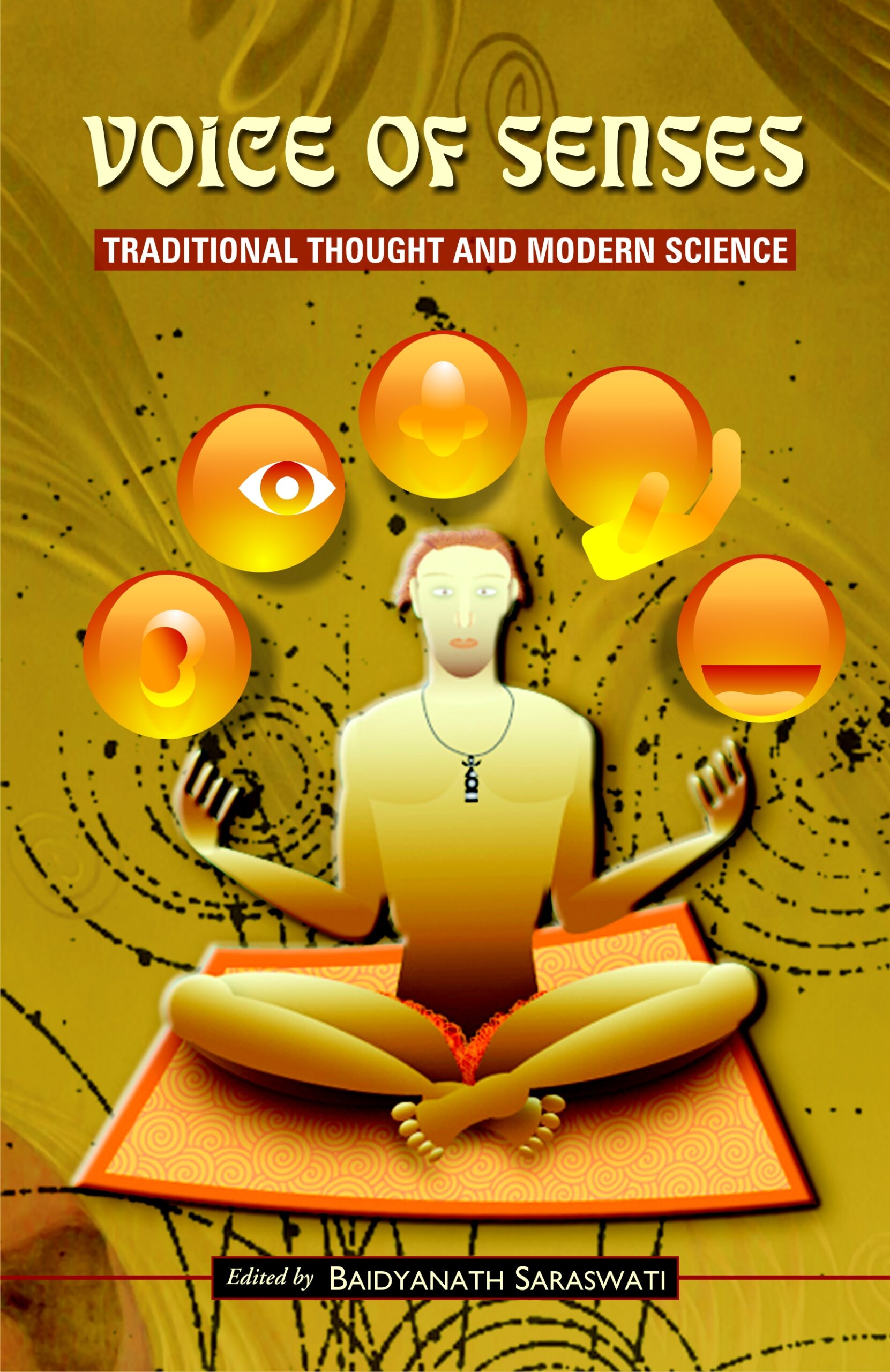
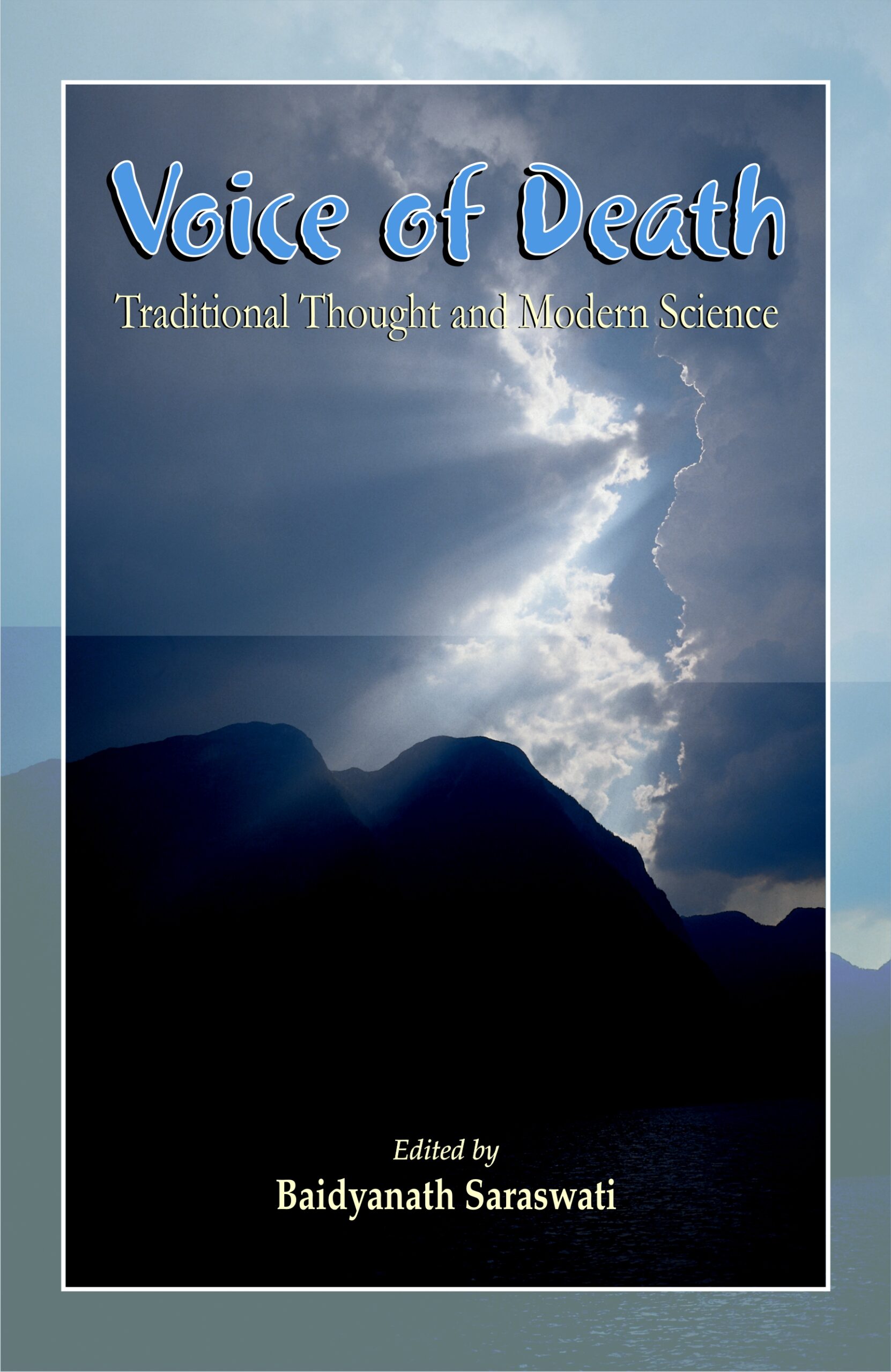
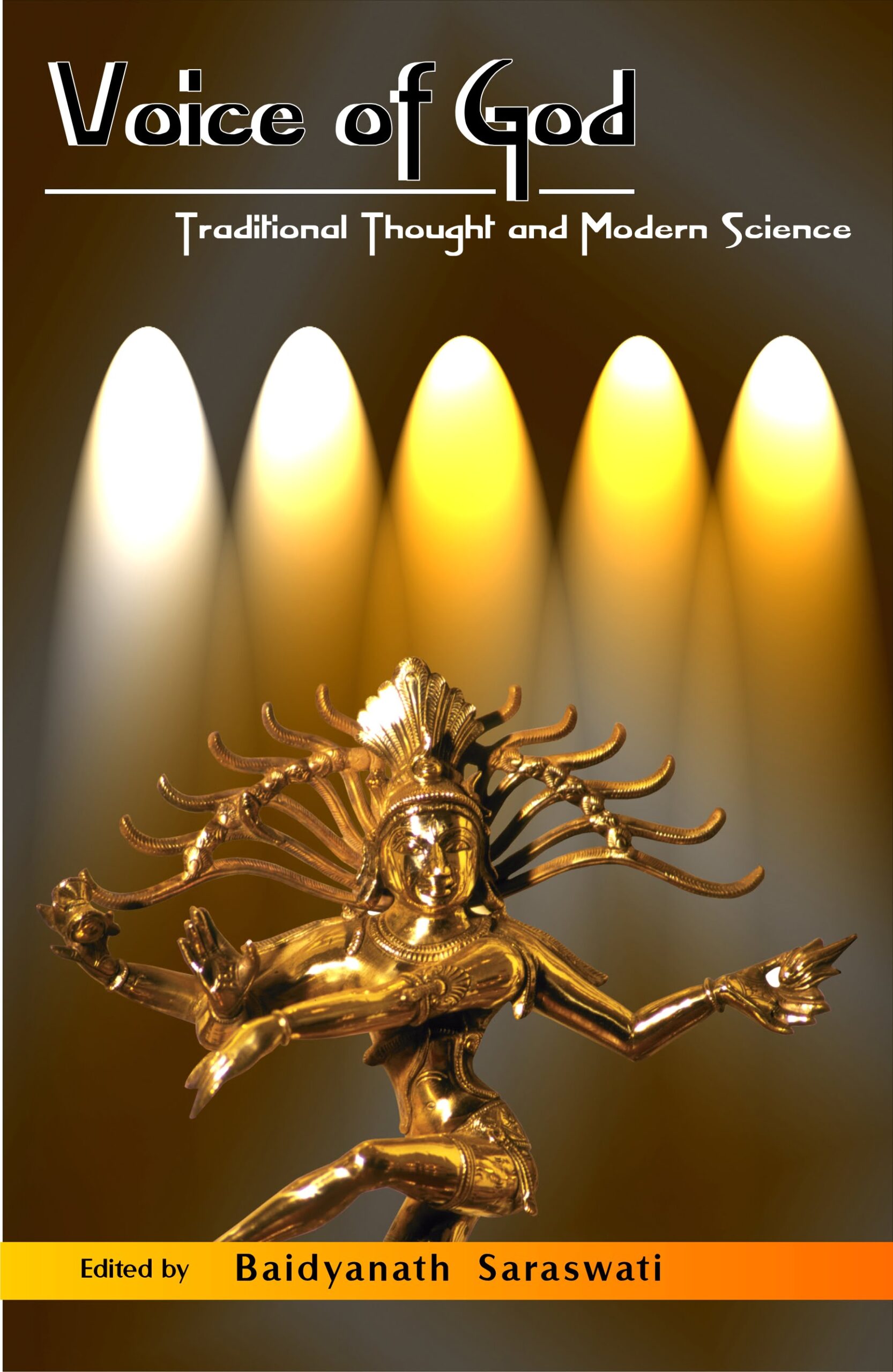

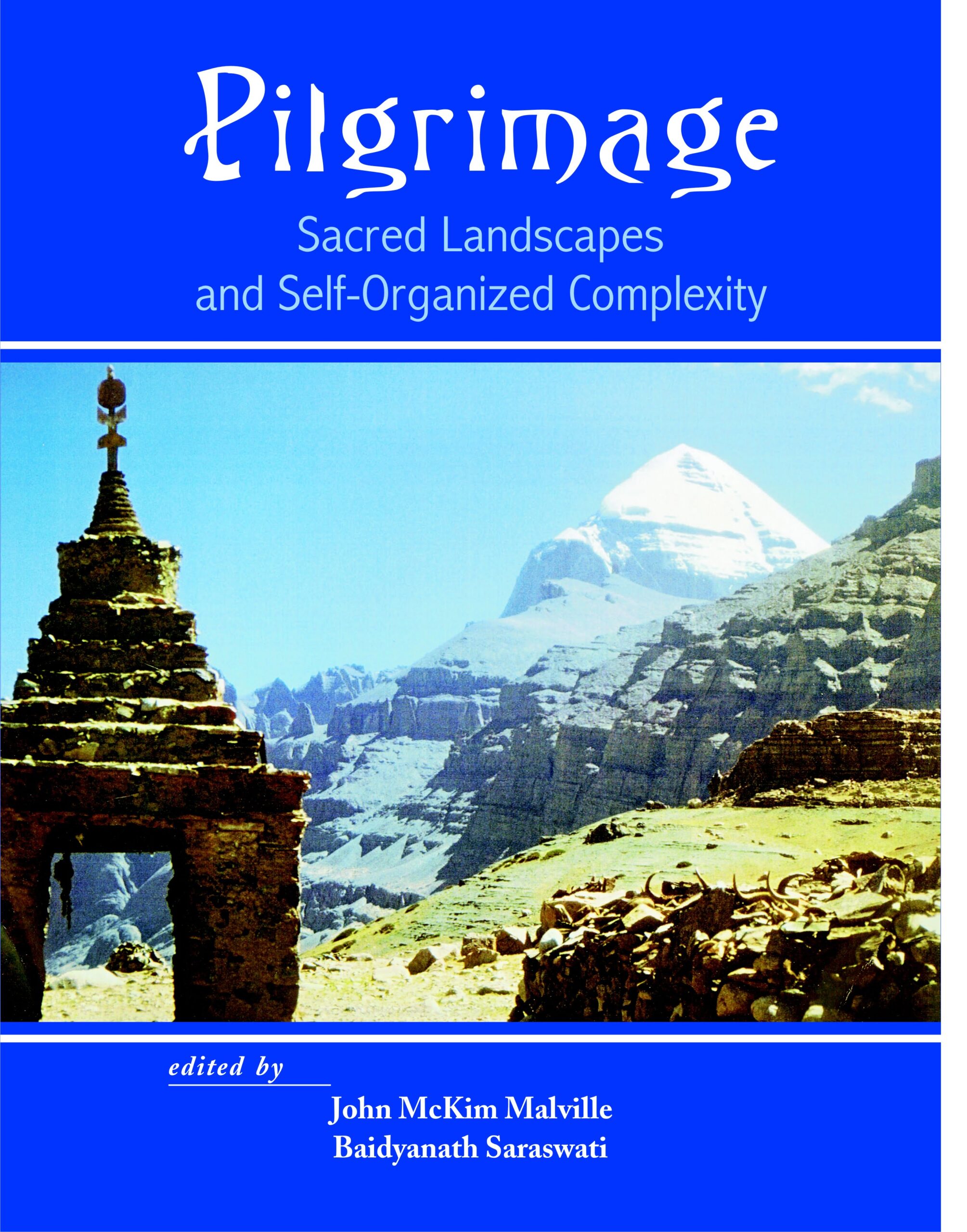
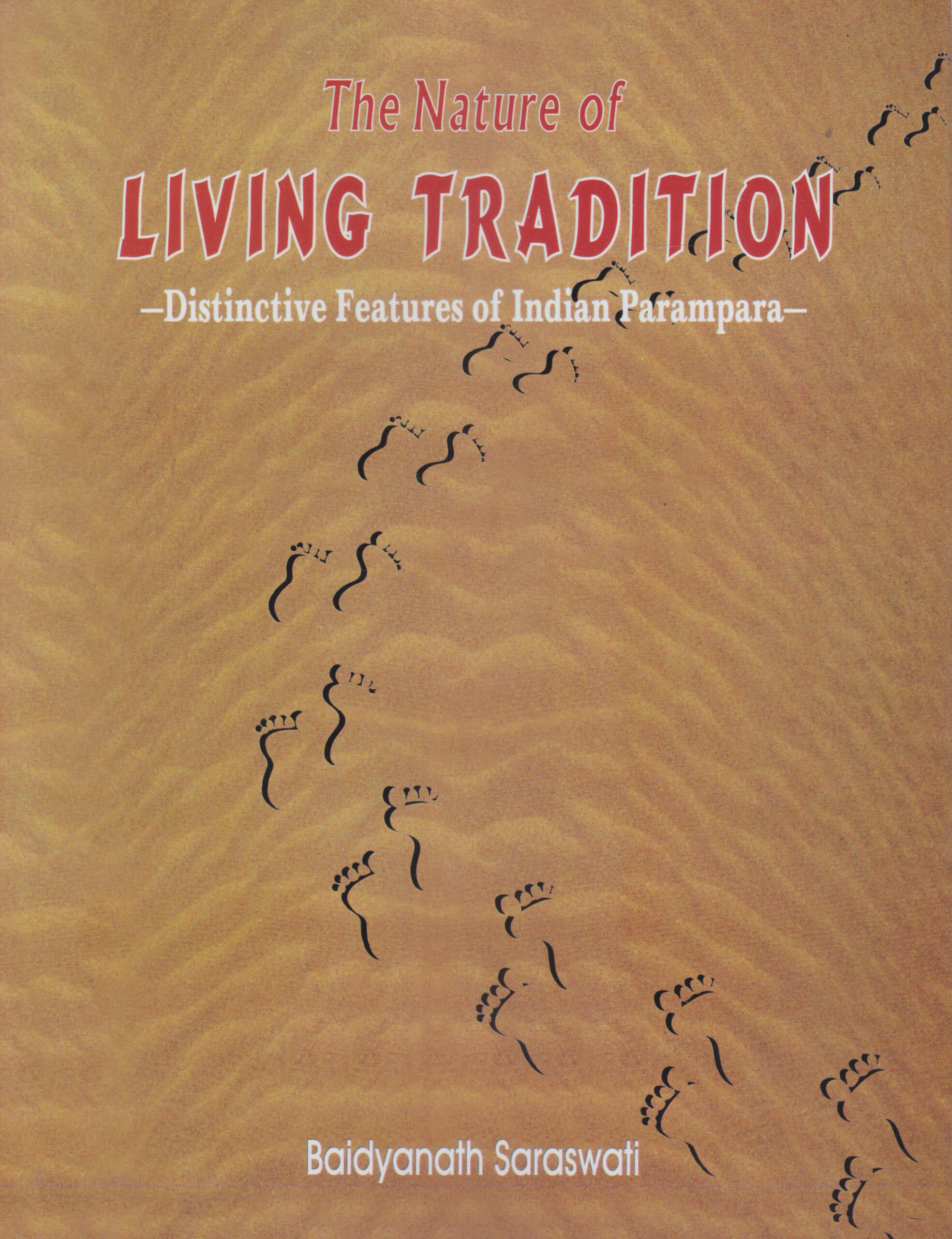
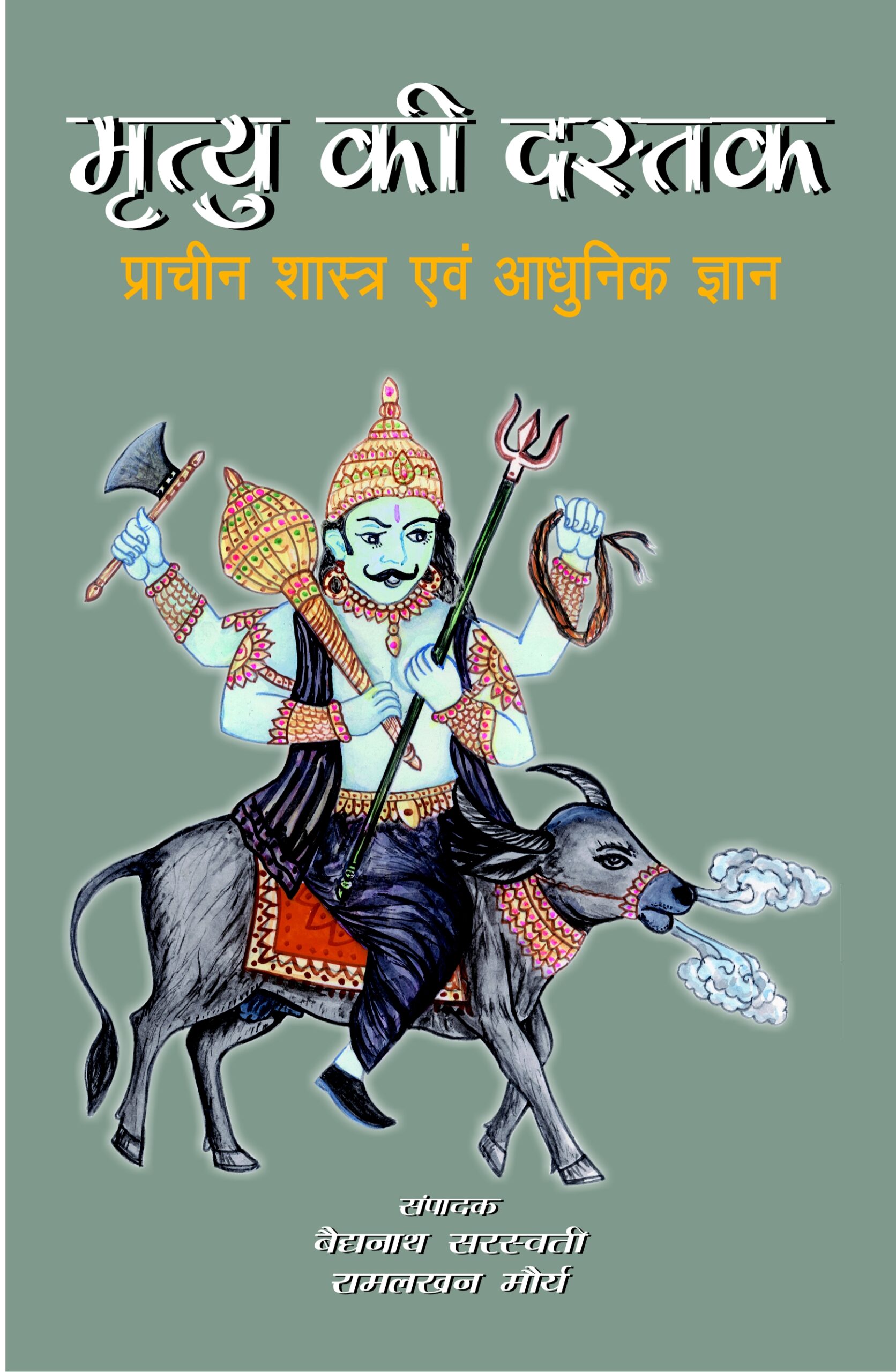
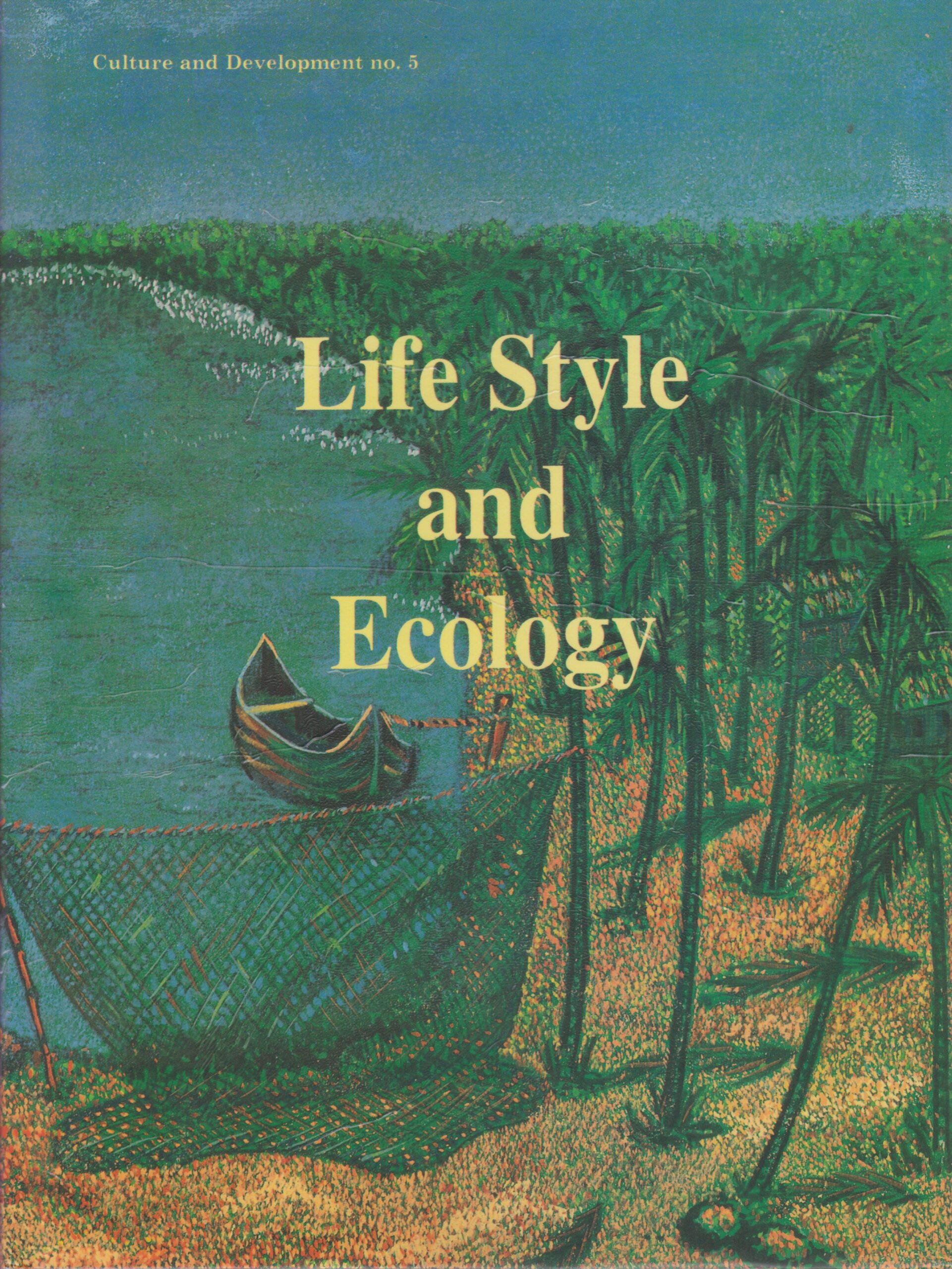
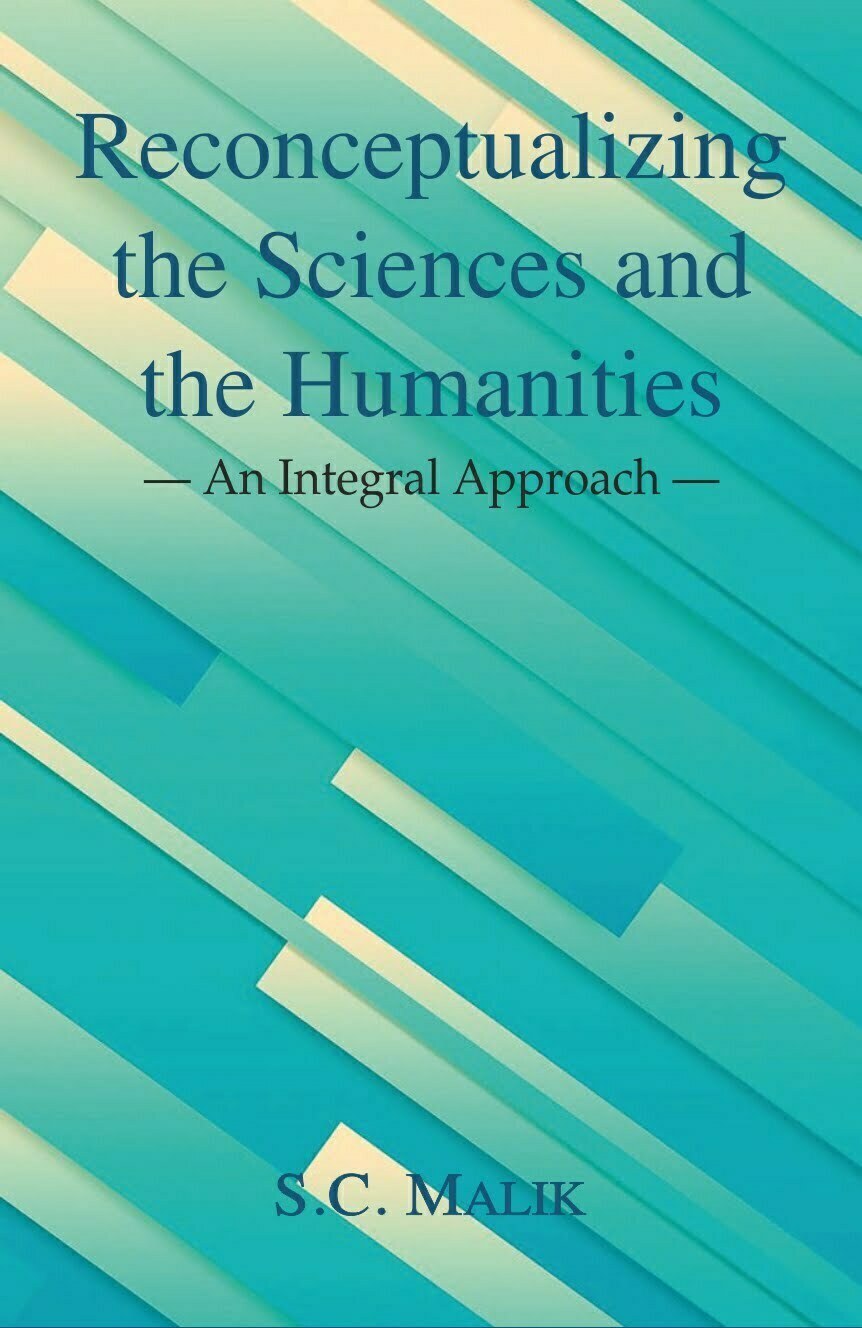

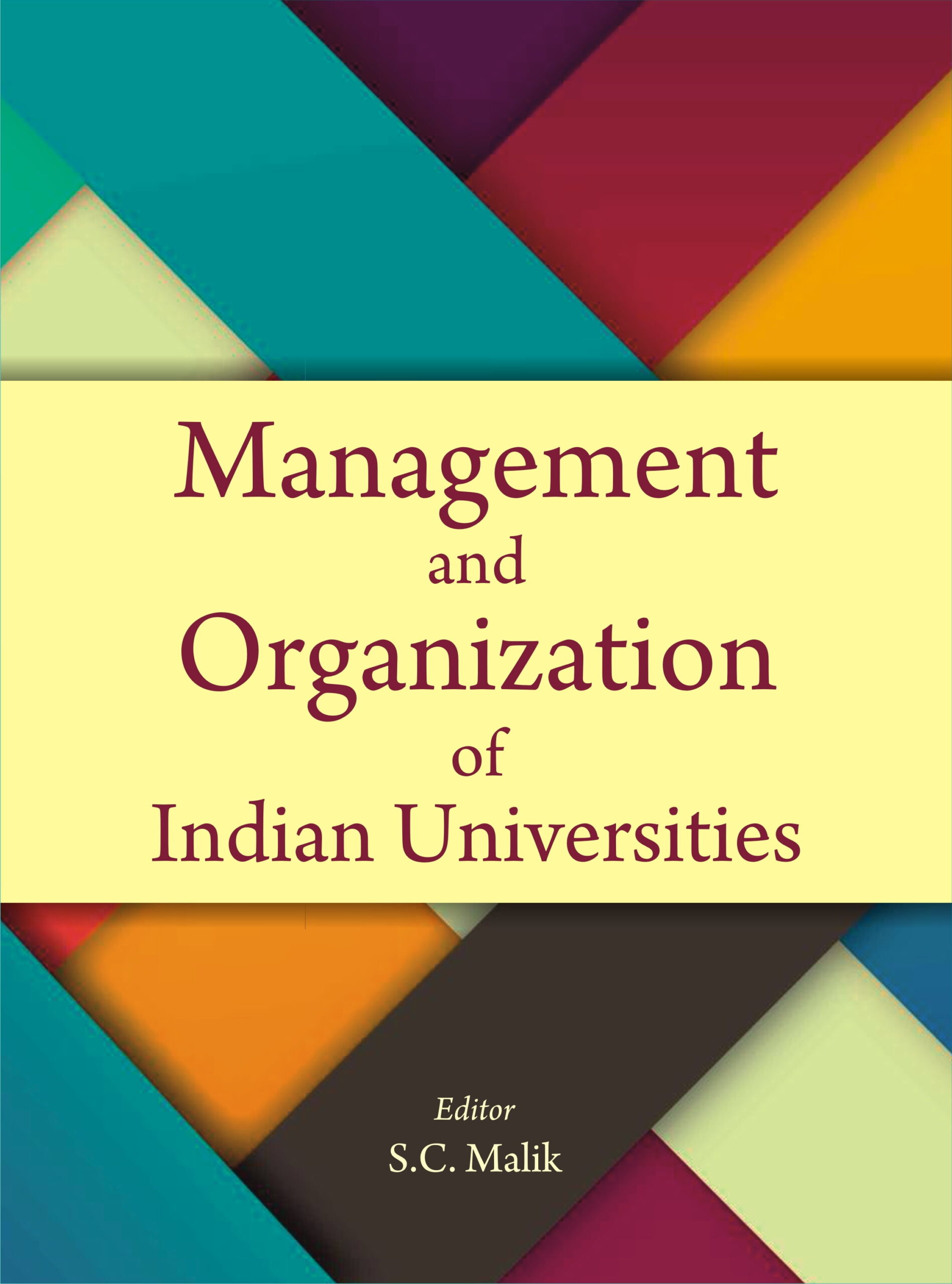
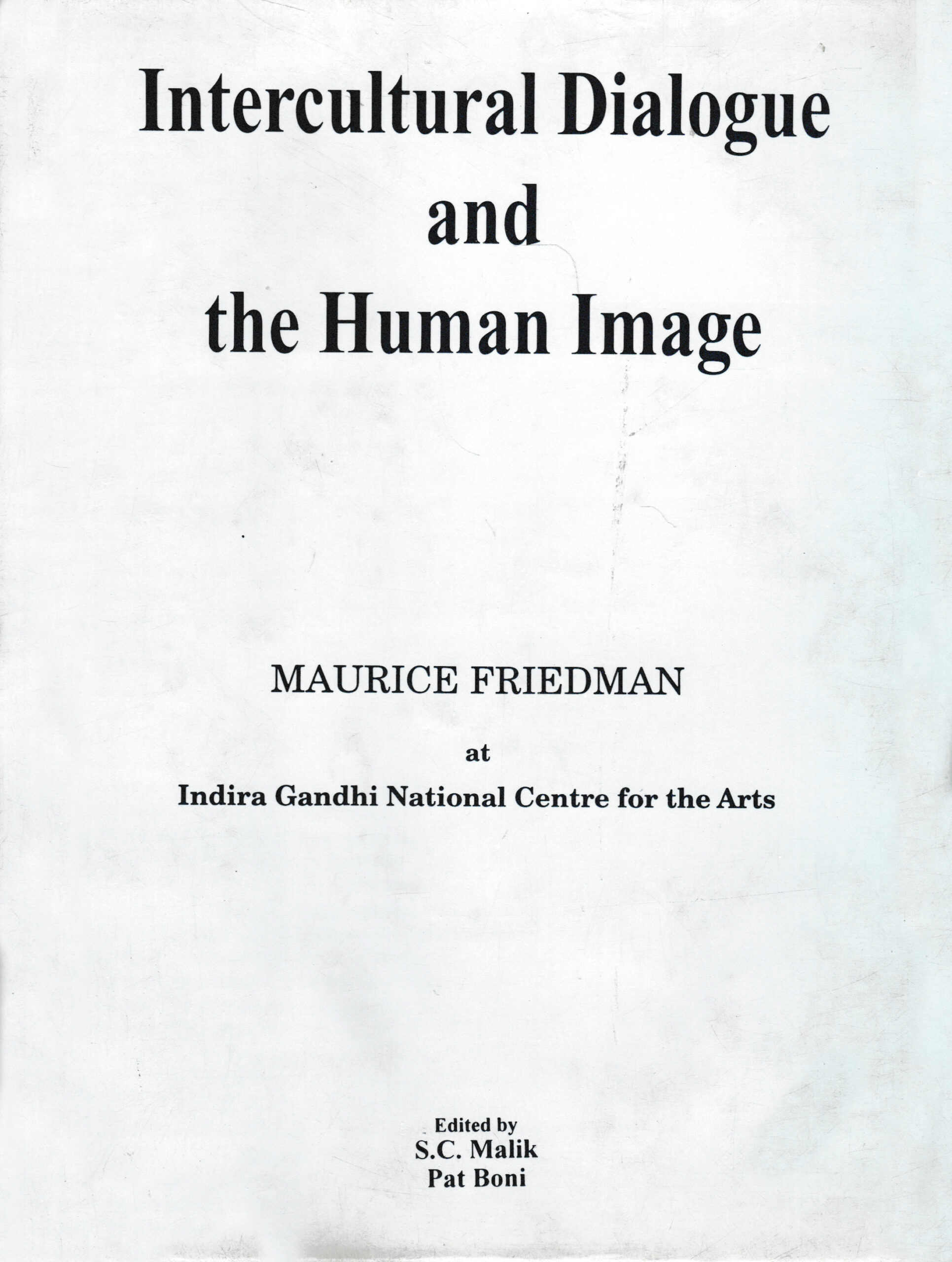
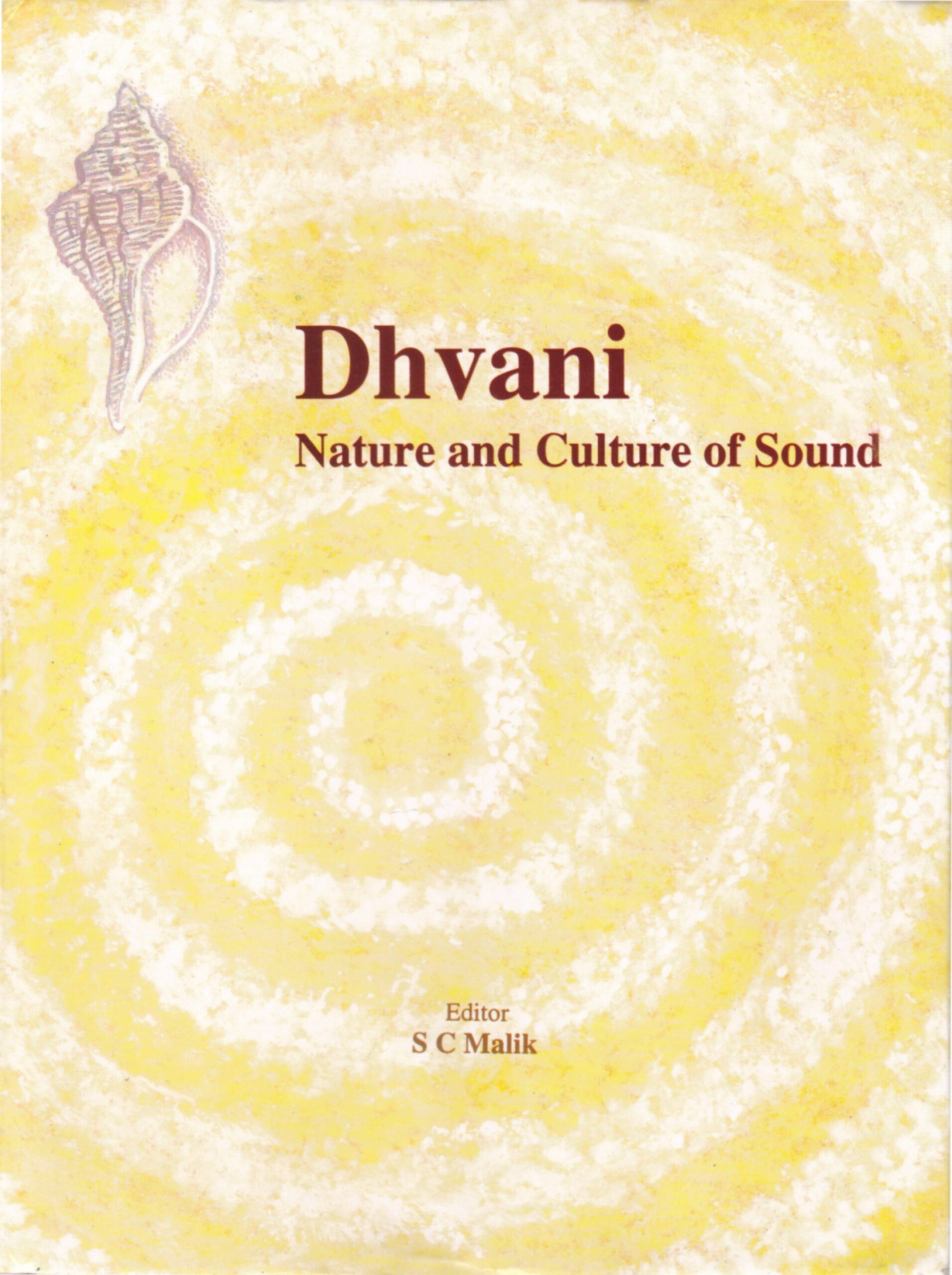

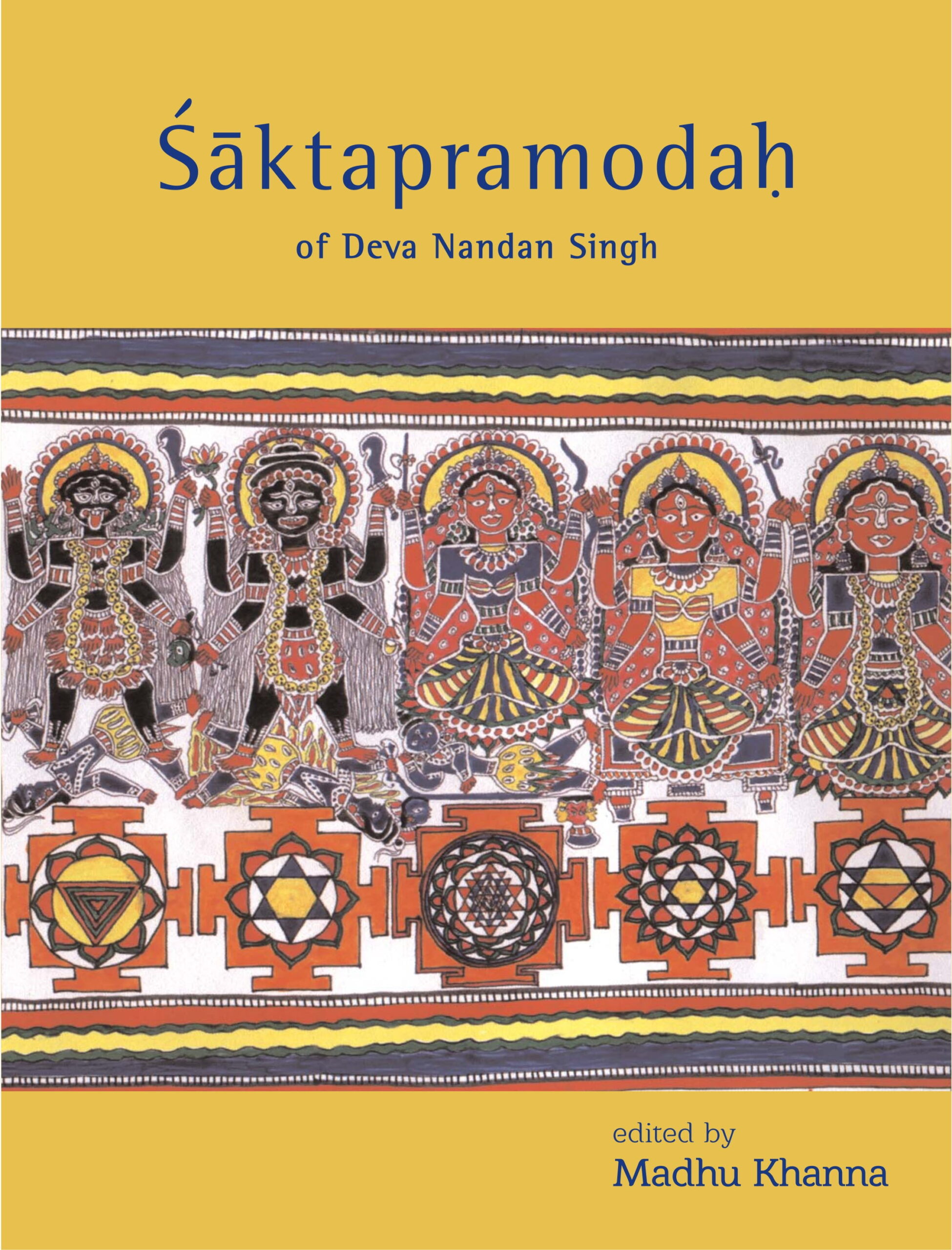
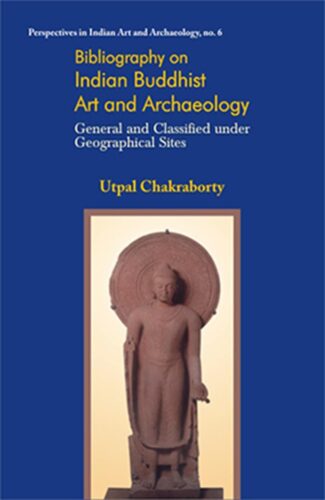
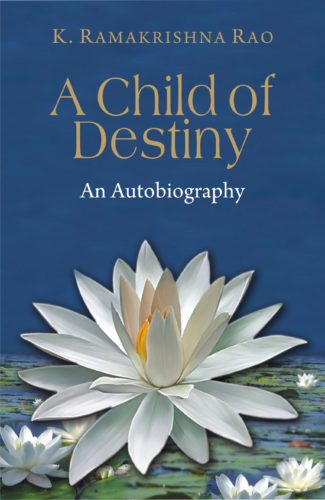
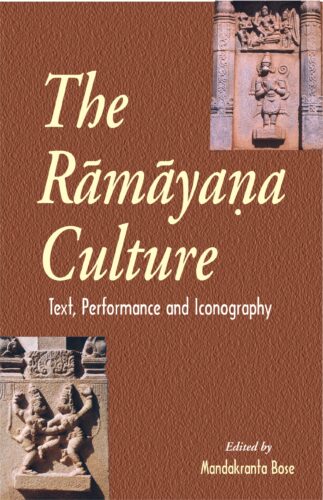
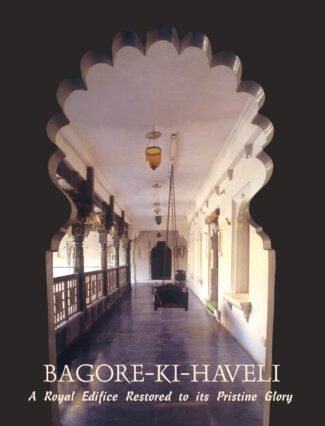
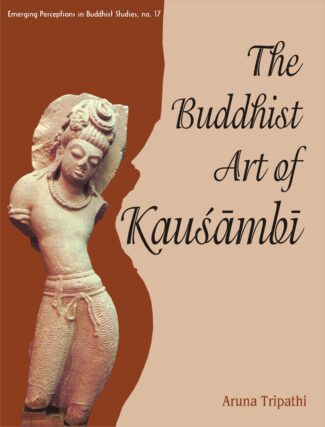
There are no reviews yet.